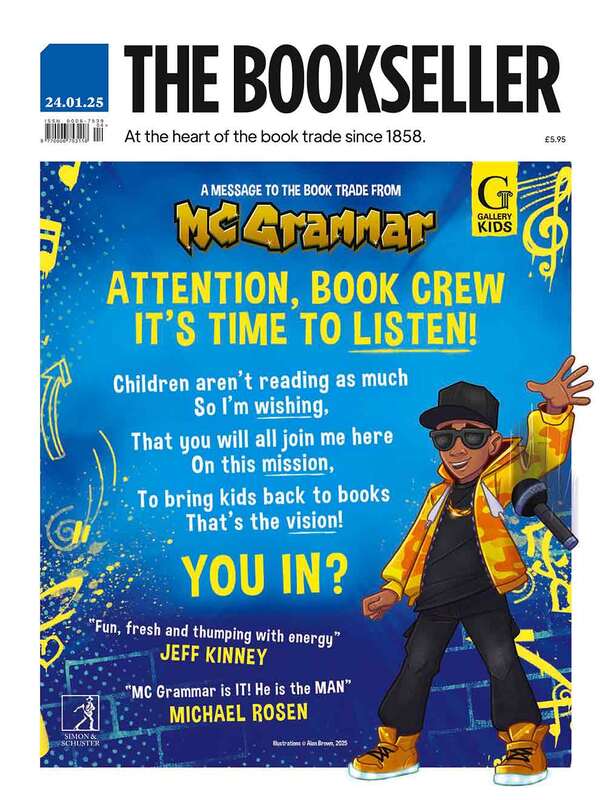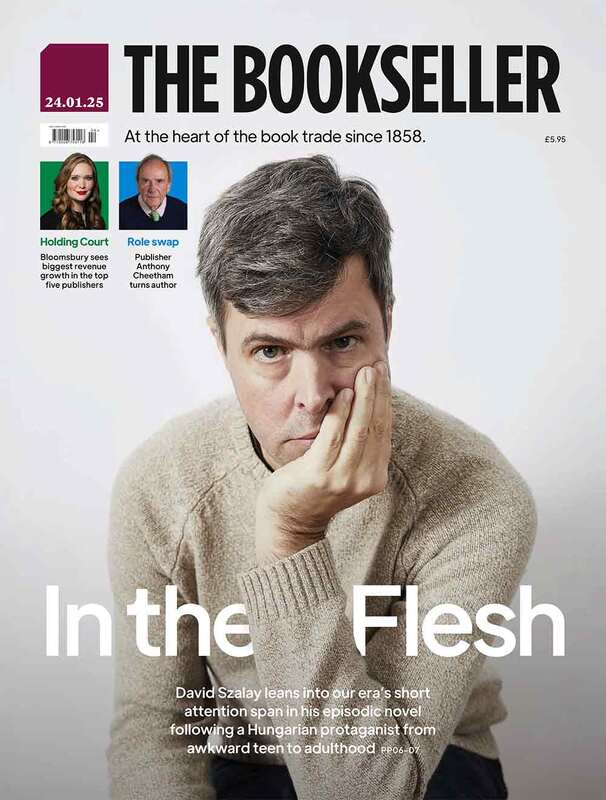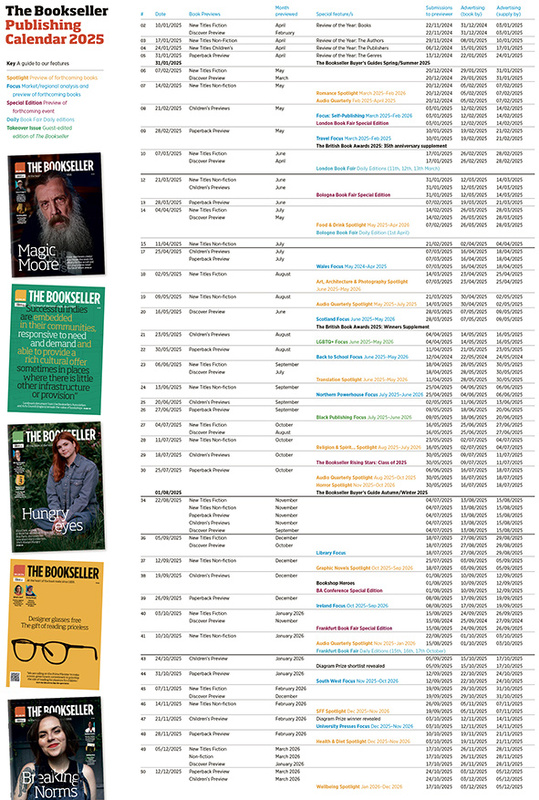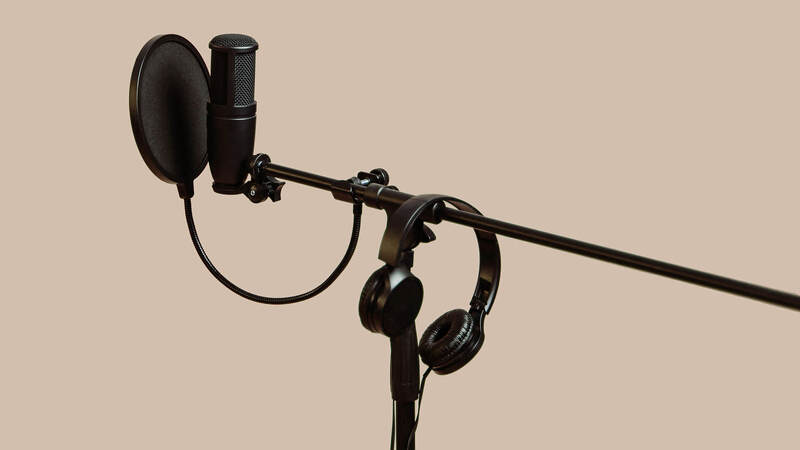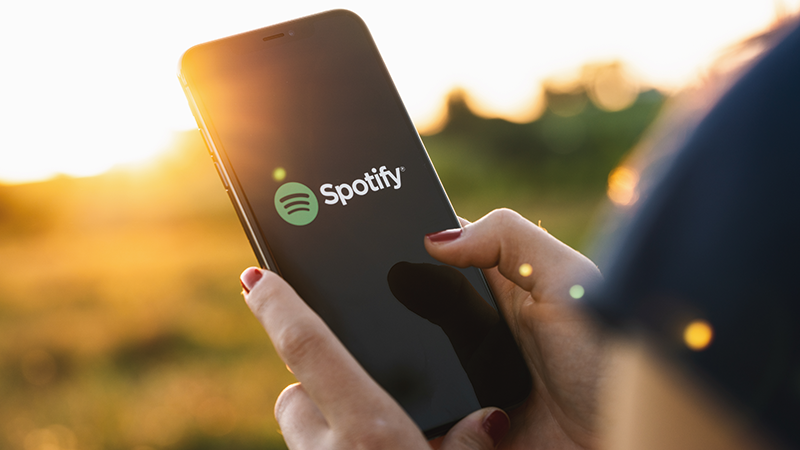You are viewing your 1 free article this month. Login to read more articles.
The iPad is dead. Long live the iPad
Victoria Forrest looks at why larger screens, and not smartphones, may still be the future of publishing.
A smartphone will not make us smart. Its intrinsic mobility means that it can never really hold our full attention. We don’t read stories anymore. Instead we flit between fragments. Never lingering. Constantly moving.
Like printed pocketbooks, smartphone reading is essentially a narrative subdivided into easily referenceable, bitesize chunks. Poetry and psalms replaced by Twitter and Facebook. The difference being that now the content is dynamic. Equally as accessible. Constantly updating. Addictive.
This is perfect for on-the-move reading. It’s entertaining, informative and interruptible. It has to be. We all know how dangerous reading on the go can be.
The stats at the FutureBook Conference 2015 conference showed that we are interacting with our smartphones up to 200 times/day, making it an immensely powerful tool. But I was disappointed with the conclusion was that the smartphone was in and the tablet was out. I know that the sales figures are high, but is it a fair comparison? We upgrade our phones all the time. Tablets are not quite as disposable.
In the quest for ’clicks’ are we inadvertently endangering the whole point of storytelling: to be engrossed in a narrative that educates us on worlds outside our own?
One of my most fulfilling coach journeys ever was spent immersing myself in Vivaldi’s Four Seasons (Touch Press). With this publication, anyone, regardless of their musical prowess can gain a level of conceptual understanding of classical music hitherto the reserve of those who have studied it. This perfectly scratches the surface of the power and potential of dynamic publishing. I just don’t think the same level of learning is possible on a smartphone.
Centuries of publishing has evolved a natural relationship between page size and subject matter. Print or digital, we still hold and read the page in the same way, so these ratios naturally translate into screen-size. If the smartphone is lending itself to easily transportable information, then what is the future of those less accessible subjects? What is the future of books that can only be formatted for larger page sizes?
In the Shadow demonstrates that image based narratives translate beautifully onto retina display. Photographs express complex subjects in one shot. Far quicker than most prose. But if you placed a tablet next to any photo or coffee-table book, you’ll find that even the larger tablets are on the smaller end of the acceptability scale. And that’s just to view the images. The only way I can translate In the Shadow into smartphone would be to split the iPad version into compatible chapters and condense the interface. The complexity of the navigation needed: titles, descriptions, prose, comparatives and captions means that the smartphone screen is just not big enough to do the content justice.
All this even before the reader has started to digest the information. Curling up in a corner in front of a fire and allow yourself to be taken on a metaphorical journey is possible with digital, but we do need to have a screen-size suitable to the content. And as we’re not moving, the screen can be comfortably bigger. Smartphones may be the darling of digital publishing now, but let’s not discount larger screens just yet.
They may still be the future of the book.

